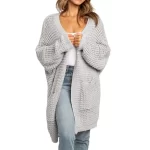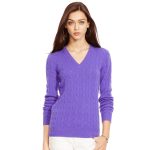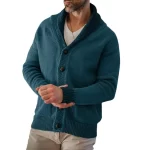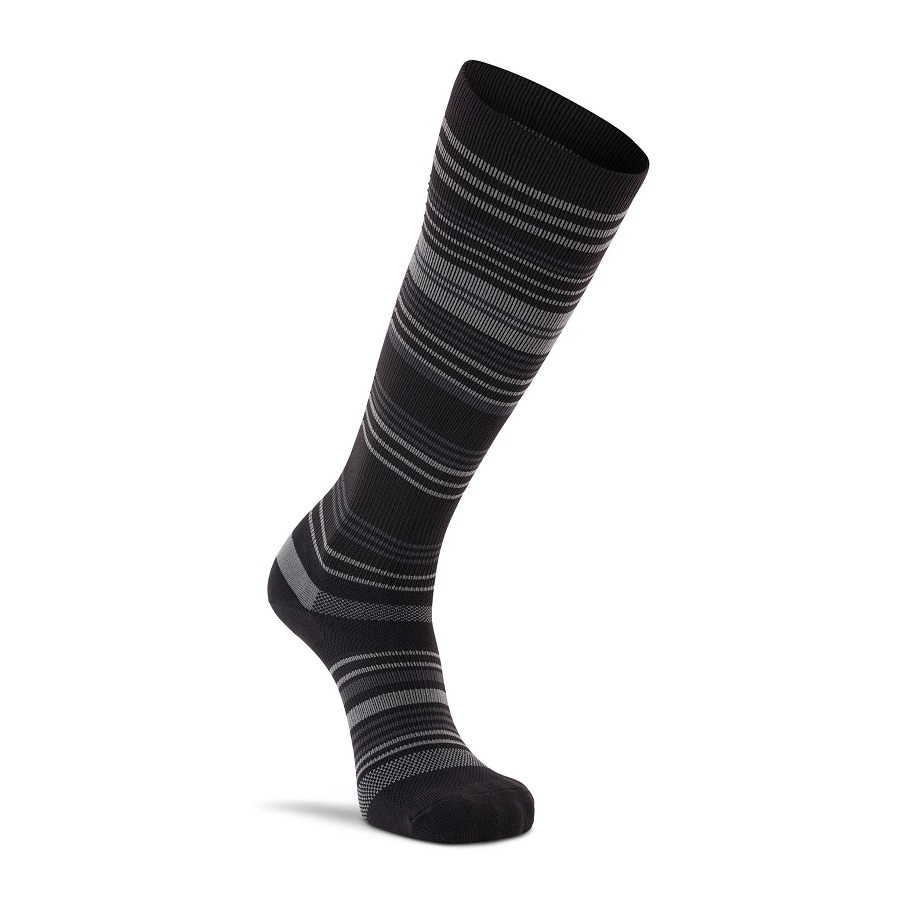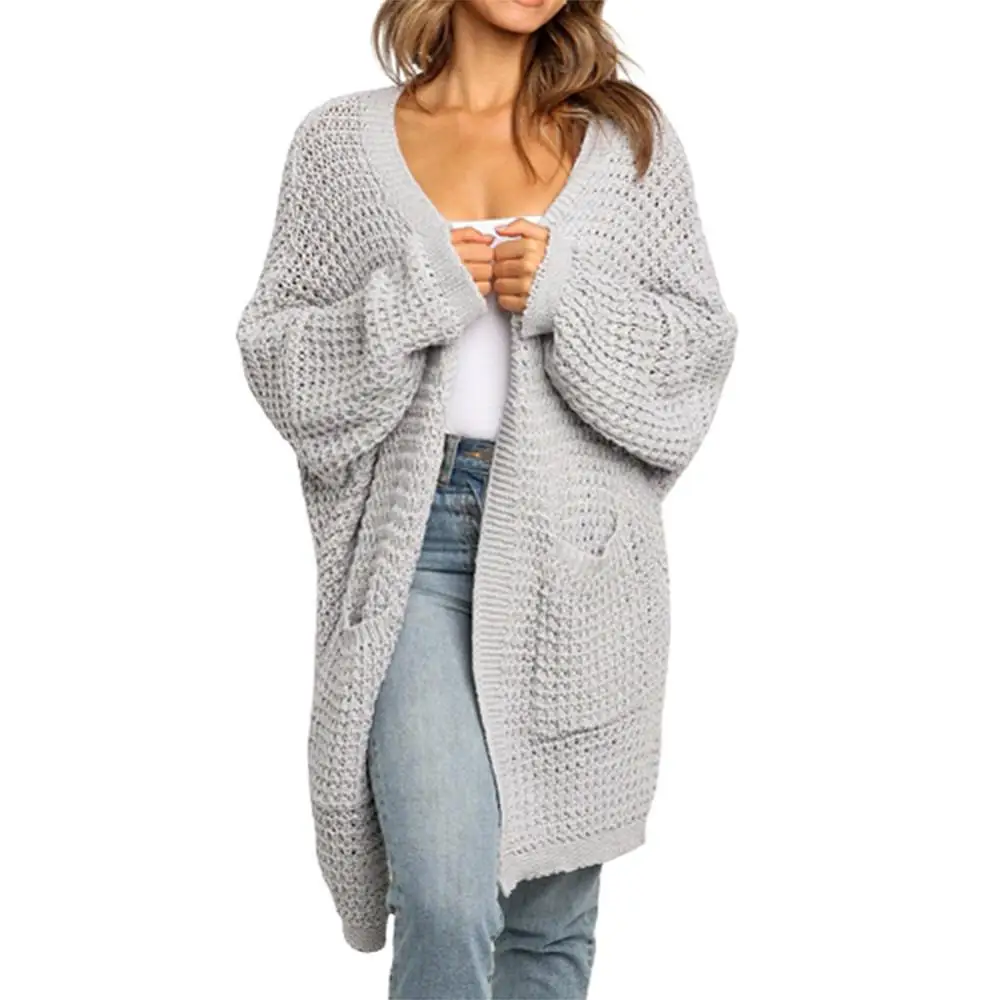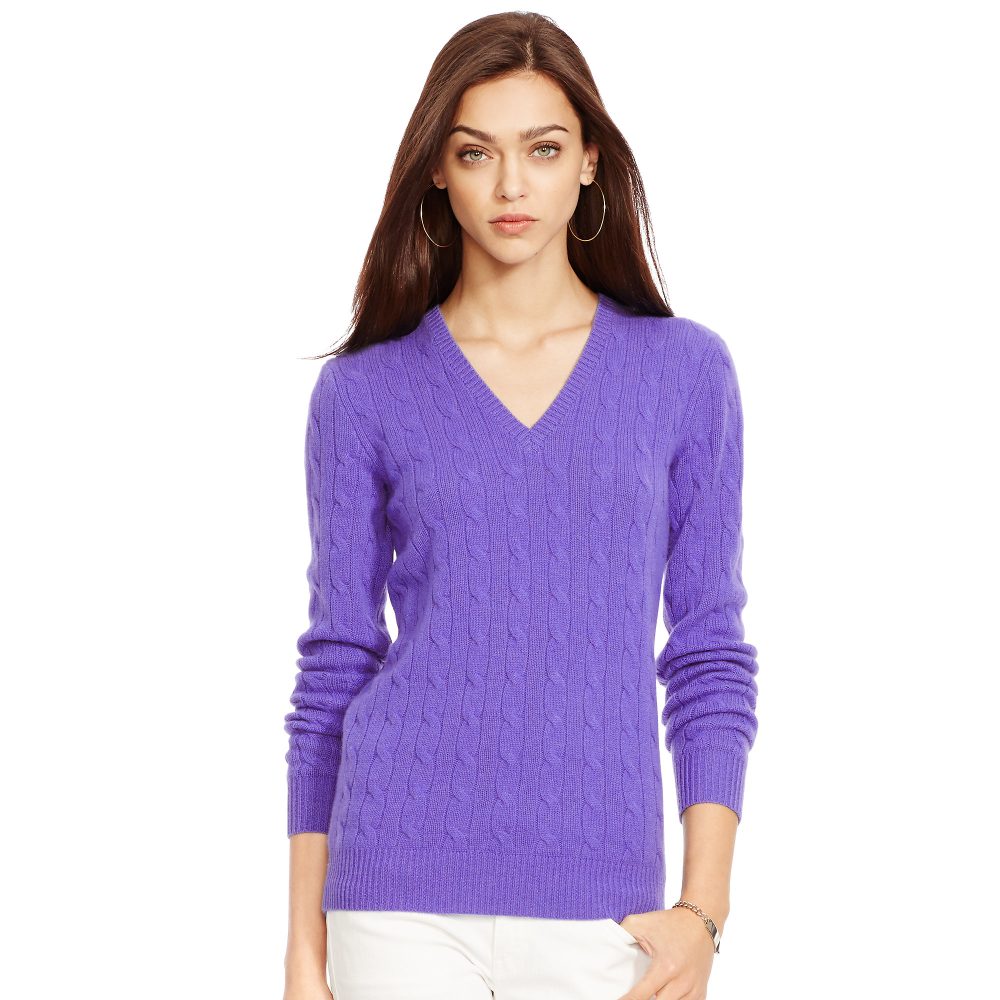Introduction to Over-The-Knee Compression Socks
Over-the-knee compression socks extend beyond the calf and cover the knee area. They are designed to promote better blood circulation, reduce swelling, and enhance recovery. Athletes across various sports use these socks to support their muscles during and after intense activity.
These specialized socks apply steady pressure to the legs. This pressure can help manage conditions such as varicose veins and lymphedema. Additionally, people who stand for long periods find over-the-knee compression socks helpful in preventing discomfort.
With the increasing awareness of the importance of recovery in sports, these socks have become a staple for successful training regimes. They are not just for professionals; even casual gym-goers can benefit from the support they provide. Throughout this guide, we will explore how over-the-knee compression socks can boost your athletic performance and wellbeing.
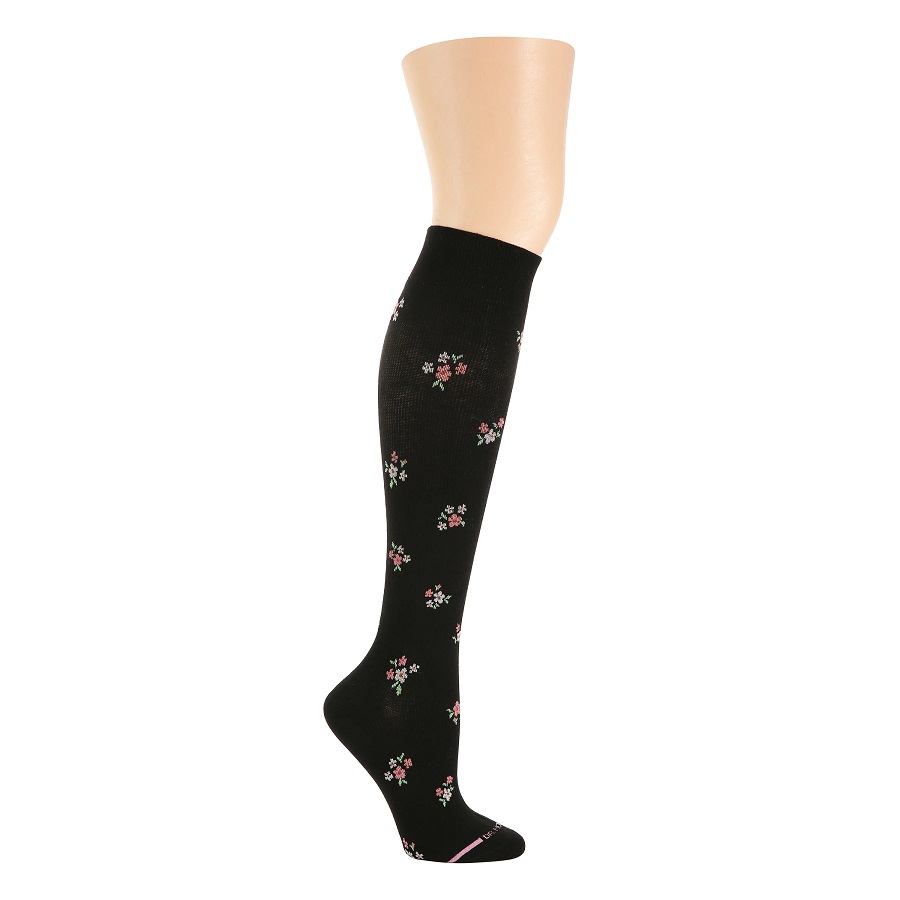
Benefits of Over-The-Knee Compression Socks for Athletes
Athletes often face the challenge of quick recovery and injury prevention. Over-the-knee compression socks offer a range of benefits that directly address these concerns. By embracing these socks, athletes can expect ample advantages to support their performance.
- Enhanced Circulation: These socks stimulate blood flow. This function is crucial during active workouts and recovery periods.
- Reduced Muscle Fatigue: Regular use can lessen the soreness athletes feel post-training.
- Decreased Swelling: Swelling is a common issue for athletes. Over-the-knee compression socks apply pressure to reduce it.
- Increased Oxygen Delivery: Muscles perform better with more oxygen. These socks help ensure that muscles get the oxygen they need.
- Stabilized Joints: The socks cover the knees, providing extra support to the knee joints.
- Protection: The length of the socks protects against scrapes and the elements while training outdoors.
These benefits collectively make over-the-knee compression socks an essential gear for athletes. Whether for running, cycling, or team sports, they help users maintain peak condition. Implementing these socks into training routines can yield significant improvements in athletic harmony.
How Compression Socks Aid in Muscle Recovery
When you push your body to its limits, muscle recovery becomes a priority to maintain performance. Over-the-knee compression socks play a vital role in this recovery process, and understanding how they assist can help you leverage their full potential.
- Reduced Muscle Soreness: Post-exercise soreness is often the result of lactic acid buildup in the muscles. Compression socks assist in the efficient removal of lactic acid, speeding up recovery and reducing discomfort.
- Improved Venous Return: The over-the-knee design promotes blood return to the heart. This aids in faster removal of waste products that can contribute to muscle soreness.
- Lower Risk of Muscle Oscillation: During physical activities, muscles vibrate with movement. This vibration can cause microtrauma, leading to fatigue. The steady compression offered by these socks minimizes these vibrations, which helps in protecting the muscles from injury.
- Enhanced Warmth and Support: The coverage and compression provided by these socks keep muscles warm, which is known to aid in recovery.
By including over-the-knee compression socks in your recovery arsenal, you contribute to a more efficient healing process. This, in turn, prepares your muscles for the next training session. Remember to integrate them into both your active recovery during light workouts and passive recovery during rest days for best results.
Key Features to Look for in Over-The-Knee Compression Socks
When shopping for over-the-knee compression socks, it’s crucial to know what features to seek. These features ensure you get the most benefit from your socks. Here’s what to consider:
- Material Quality: High-quality fabric will enhance durability and comfort. Look for a blend of nylon, spandex, or elastane for flexibility.
- Graduated Compression: The socks should offer graduated compression. This means tighter at the ankle and less so up the leg, to help with blood flow.
- Proper Fit: A good fit is essential. Ensure they are snug but not too tight. Check size charts before buying.
- Moisture-Wicking: To keep your legs dry, pick socks with moisture-wicking properties.
- Breathability: Breathable fabric helps to reduce heat and sweat build-up.
- Seamless Design: Look for seamlessness to prevent irritation and blisters.
- Anti-Odor: Features like antimicrobial treatment prevent odor and keep your socks fresh.
- Reinforced Heel and Toe: Reinforcement in these areas will increase the lifespan of your socks.
Choosing the right over-the-knee compression socks with these key features can help maximize recovery and performance. Remember to try different brands and styles to find the best match for your needs.
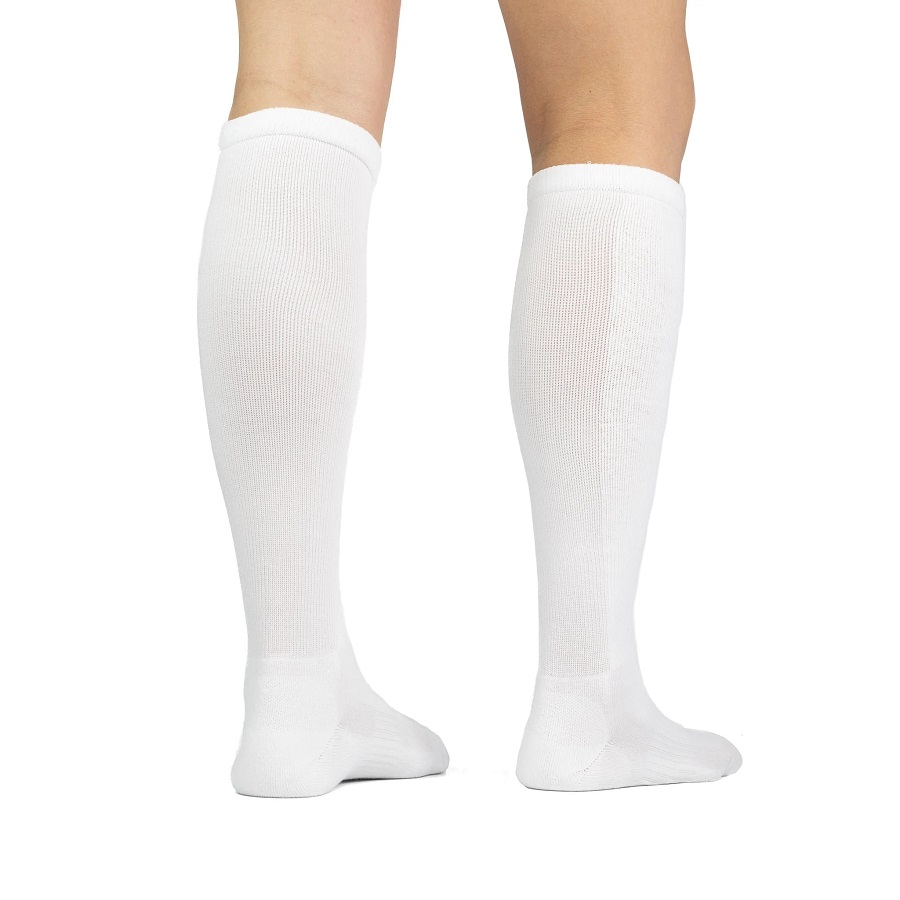
Proper Use and Care for Long-Lasting Compression Socks
To get the most out of your over-the-knee compression socks, proper use and care are key. Here are some best practices to keep your socks in top shape and your muscles well-supported:
- Wear Them Correctly: Alignment matters. Make sure the socks extend over the knee and sit smoothly against your skin without any folds.
- Gradual Introduction: Start wearing them for a few hours at a time. Then, slowly increase as you get comfortable.
- Washing Tips: Wash socks gently in cool water. Avoid high temperatures and harsh detergents that can damage the material.
- Air Dry: Always air dry your compression socks. The heat from dryers can weaken the elastic fibers.
- Regular Inspection: Check for signs of wear and tear. If they’re stretched out or damaged, it’s time for a new pair.
- Avoid Sharing: Compression socks are designed for individual use. Don’t share them to maintain their effectiveness and hygiene.
- Storage Hacks: Lay them flat or roll them up. Avoid folding the band onto itself, which can cause stretching.
By following these simple care instructions, you’ll ensure that your over-the-knee compression socks last longer and continue to support your athletic endeavors effectively. Remember, well-cared-for compression gear is an investment in your health and performance on the field. Make it a part of your regular sporting routine for the best results.
The Science Behind Compression Therapy
Compression therapy is a simple yet effective concept. It involves the use of snug-fitting garments, such as over-the-knee compression socks, to apply pressure to the body. Here’s how the science backs up the benefits of using these compression garments for athletes and individuals requiring improved circulation.
- Enhanced Blood Flow: Applying pressure to the lower limbs helps move blood back to the heart. This reduces the risk of blood pooling in the veins and may prevent swelling.
- Lymphatic System Support: Compression can facilitate the flow of lymphatic fluid. This helps clear out waste products that accumulate in tissues during physical activity.
- Muscle Stabilization: Socks that cover the knee can provide subtle support to muscles. This eases muscle movement, reducing energy expenditure during performance.
By understanding the mechanisms of compression therapy, athletes and patients can make informed decisions about including over-the-knee compression socks in their health and fitness routines. Always consult with a healthcare professional to ensure you choose the right kind of compression wear for your specific needs.
Choosing the Right Compression Level for Your Needs
Choosing the right level of compression in your over-the-knee compression socks is crucial. Different levels suit varied needs and goals. In the market, compression socks come rated with different pressure levels measured in millimeters of mercury (mmHg). Here’s a brief guide on selecting the correct compression range for your activities:
- Mild Compression (15-20 mmHg): Ideal for daily wear and those standing for long hours. It can provide relief from tired, achy legs.
- Moderate Compression (20-30 mmHg): Often recommended for athletes. It helps with recovery and can reduce muscle fatigue and soreness.
- Firm Compression (30-40 mmHg): Suited for those with medical conditions like moderate to severe varicose veins or edema.
- Extra Firm Compression (40-50 mmHg): Usually prescribed for severe venous issues. It’s important to consult a doctor before using this level.
When picking over-the-knee compression socks, consider your lifestyle and activities. For everyday use or mild exercise, a lighter compression may suffice. However, if you are an athlete or recovering from a sports injury, moderate to firm compression may serve you better.
Note that higher compression levels should not be worn without medical advice. Always seek guidance from a healthcare provider if unsure about the right compression level for you. They will assess your specific needs and recommend the most suitable option. It is also essential to get measured for a proper fit to ensure maximum benefit from your compression socks.
Remember to monitor how your body responds to the compression. If you experience discomfort, or if the socks cause indentations in your skin, they may be too tight. In such cases, readjust the size or compression level. Comfort is key to reaping the benefits of over-the-knee compression socks and aiding your recovery and performance.
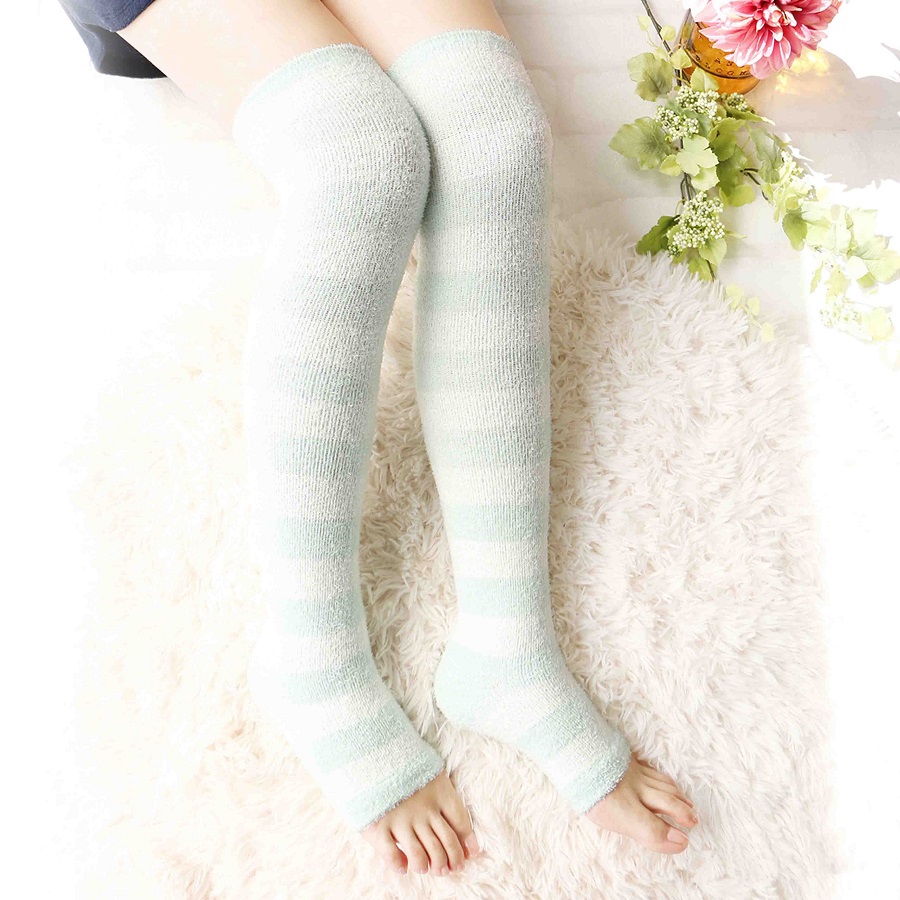
Common Misconceptions About Compression Socks
Despite their benefits, there are several misconceptions about over-the-knee compression socks that we should address.
- Myth 1: Compression socks are only for the elderly or those with circulation issues. In reality, athletes of all ages use them to enhance performance and recovery.
- Myth 2: All compression socks are the same. It’s important to know that they come in various levels of compression and materials for different needs.
- Myth 3: Compression socks can be worn all the time. While beneficial, they should not replace regular breaks and movements that also improve circulation.
- Myth 4: Compression socks are uncomfortable and difficult to wear. Many users find them comfortable and, with the right fit, they are easy to put on and take off.
- Myth 5: Compression socks are not stylish. Today, over-the-knee compression socks come in many colors and designs to fit personal styles.
These misconceptions often stem from a lack of information. When you understand the purpose and proper use of compression socks, you see how they fit into an active and health-conscious lifestyle. By choosing the right type, fit, and compression level, anyone can benefit from over-the-knee compression socks for improved comfort, performance, and recovery.

